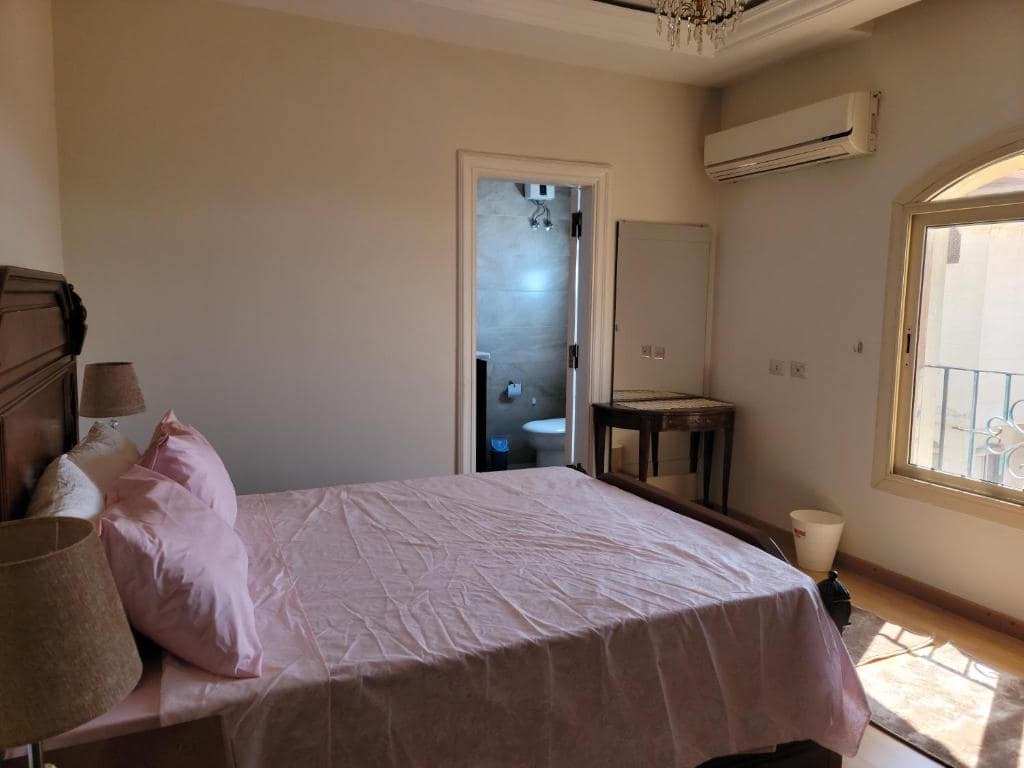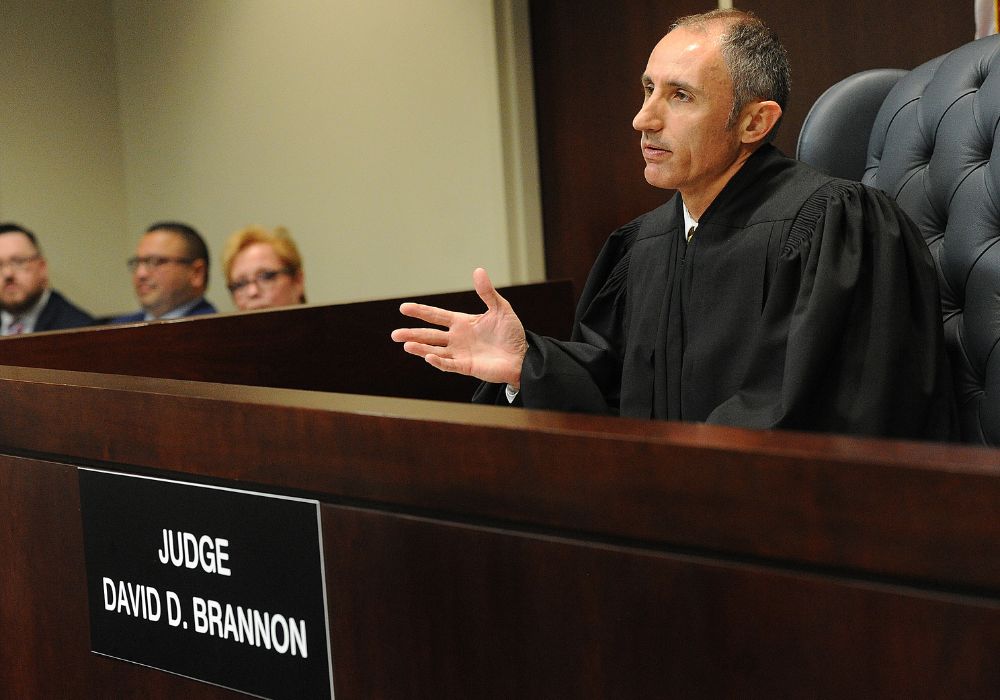Radon is a naturally occurring, invisible radioactive gas that seeps up from the ground and can accumulate in buildings. Prolonged exposure to radon is known to cause lung cancer. As a tenant, you rely on your landlord to provide a safe and healthy rental property.
But what can you do if tests reveal high radon levels in your rented home that your landlord has failed to address?
What is radon?
Radon is a colorless, odorless, radioactive gas that is produced by the natural decay of uranium in soil and rocks. It can seep into buildings through foundations and other openings.
According to the Environmental Protection Agency (EPA), radon is the second leading cause of lung cancer in the United States and is responsible for about 21,000 lung cancer deaths each year.
Many areas have elevated natural levels of radon in the ground, which means it is a risk nationwide.
Related: Tenant Relocation Due To Mold
Can I sue my landlord for radon exposure?

Yes, if radon levels are significantly high in the rental property and the landlord has failed to warn tenants or take adequate steps to mitigate the problem, tenants may be able to sue the landlord. Prolonged exposure to high radon levels can make a rental property "uninhabitable" under the law.
Tenants in this situation have options like withholding rent, moving out without facing penalties, or taking legal action such as suing the landlord for any harm caused.
Only a few states have specific laws on landlord radon disclosure or tenant education, but landlords can generally be held liable for tenant health issues resulting from known radon problems that were not properly addressed.
What are the health risks of prolonged radon exposure?
Radon is classified as a known human carcinogen and is the second leading cause of lung cancer after cigarette smoking. The health risks from radon exposure depend on the level of radon present and the duration of exposure, as risk increases with higher radon levels and longer exposure times.
Prolonged high radon exposure can significantly increase a person's risk of developing lung cancer, especially for smokers. Even moderate levels have been linked to increased lung cancer rates. Children are also at risk, as their bodies are still developing.
Any radon level may pose some risk, and the EPA recommends taking action to reduce high radon levels.
How can I test for radon in my rental property?
There are a few options for testing radon levels in a rental property. The landlord can purchase inexpensive radon test kits designed to measure radon for 2-7 days. These kits are available online or at hardware stores and should meet EPA standards.
For more accurate long-term testing, landlords can hire a professional radon contractor to place radon monitors for up to 3 months. Contractors can also perform follow-up inspections and are knowledgeable on local radon mitigation requirements.
Tests should be done on the lowest lived-in level to determine if radon mitigation is needed.
What are some ways to reduce high radon levels?
If testing reveals elevated radon levels, mitigation is generally necessary to lower health risks. Common mitigation techniques include increasing ventilation, sealing foundation cracks, and installing a vent pipe system.
The vent pipe works by using fans to depressurize the soil, making it difficult for radon to enter through the foundation. This vent pipe then expels the radon up and out of the house.
Sealing and ventilation methods may help lower radon briefly, but a vent system provides a long-term solution as it actively prevents radon from entering. A trained radon mitigation contractor can determine the best resolution.
How should radon issues be disclosed to tenants?
Landlords in radon prone areas are advised to notify tenants about potential radon issues prior to renting. This can be done through written disclosures or verbal explanations. Disclosure allows tenants to make informed choices, particularly those with increased lung cancer risks like smokers.
Landlords must also keep tenants informed about any radon testing or mitigation work performed and provide radon information pamphlets. On going radon issues discovered after tenancy should be promptly communicated and mitigation arranged to protect tenants' health. Proper disclosure and response may help limit landlord liability.
What are tenant options if radon issues are not addressed?
If after being made aware of elevated radon levels, the landlord fails to take corrective action within a reasonable time period as determined by state law and local codes, tenants have legal options.
These can include withholding rent to pressure the landlord into compliance, using the repair and deduct remedy to fix the problem and deduct expenses from rent, or breaking the lease without penalty due to constructive eviction from an uninhabitable property.
As a last resort, a civil lawsuit against the landlord may allow tenants to recoup any resulting damages from prolonged radon exposure. Mediation is also an option to facilitate problem-solving.
Conclusion
As a landlord, you are legally responsible under an implied warranty of habitability to provide rental properties that are safe and do not pose health threats to tenants. This includes mitigating any radon problems that may arise according to EPA guidelines. Testing rental properties for radon, informing tenants of results, and fixing elevated radon levels helps limit liability risks.





